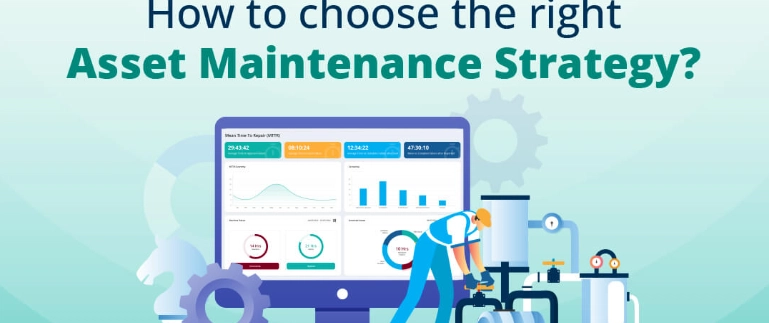Effective asset maintenance is crucial for maximizing equipment reliability, reducing downtime, and optimizing operational costs. However, selecting the right maintenance strategy can be challenging, as different assets have varying requirements based on their criticality, usage, and failure patterns. This article explores key considerations and steps to help businesses choose the most suitable asset maintenance strategy.
1. Assess Asset Criticality
Identify which assets are critical to operations (e.g., production bottlenecks, safety-related equipment).
High-criticality assets may require predictive or condition-based maintenance, while low-criticality assets may suffice with preventive or reactive strategies.
2. Analyze Failure Patterns
Review historical failure data to determine if failures are random or follow a predictable pattern.
Assets with consistent wear patterns benefit from preventive maintenance, whereas unpredictable failures may need predictive or condition-based approaches.
3. Evaluate Costs
Compare the cost of maintenance (labor, parts, downtime) with the cost of failure (lost production, safety risks).
Predictive maintenance may have higher upfront costs (sensors, software) but can save money by preventing major breakdowns.
4. Consider Technology & Data Availability
If real-time monitoring (IoT, AI) is feasible, predictive or condition-based maintenance may be optimal.
For assets with limited connectivity, preventive maintenance may be more practical.
5. Align with Business Goals
If minimizing downtime is a priority, predictive or RCM strategies may be best.
If budget constraints exist, a mix of preventive and reactive strategies for non-critical assets may be more cost-effective.
6. Implement & Continuously Improve
Start with pilot programs for high-impact assets and refine strategies based on performance data.
Use feedback loops to adjust maintenance schedules and methods over time.
Choosing the right asset maintenance strategy requires a balance between cost, risk, and operational needs. By assessing asset criticality, failure patterns, and available technology, businesses can implement a tailored approach such as Seleam platform that maximizes reliability and efficiency. A well-planned maintenance strategy not only extends asset lifespan but also enhances overall productivity and profitability.



Top comments (0)